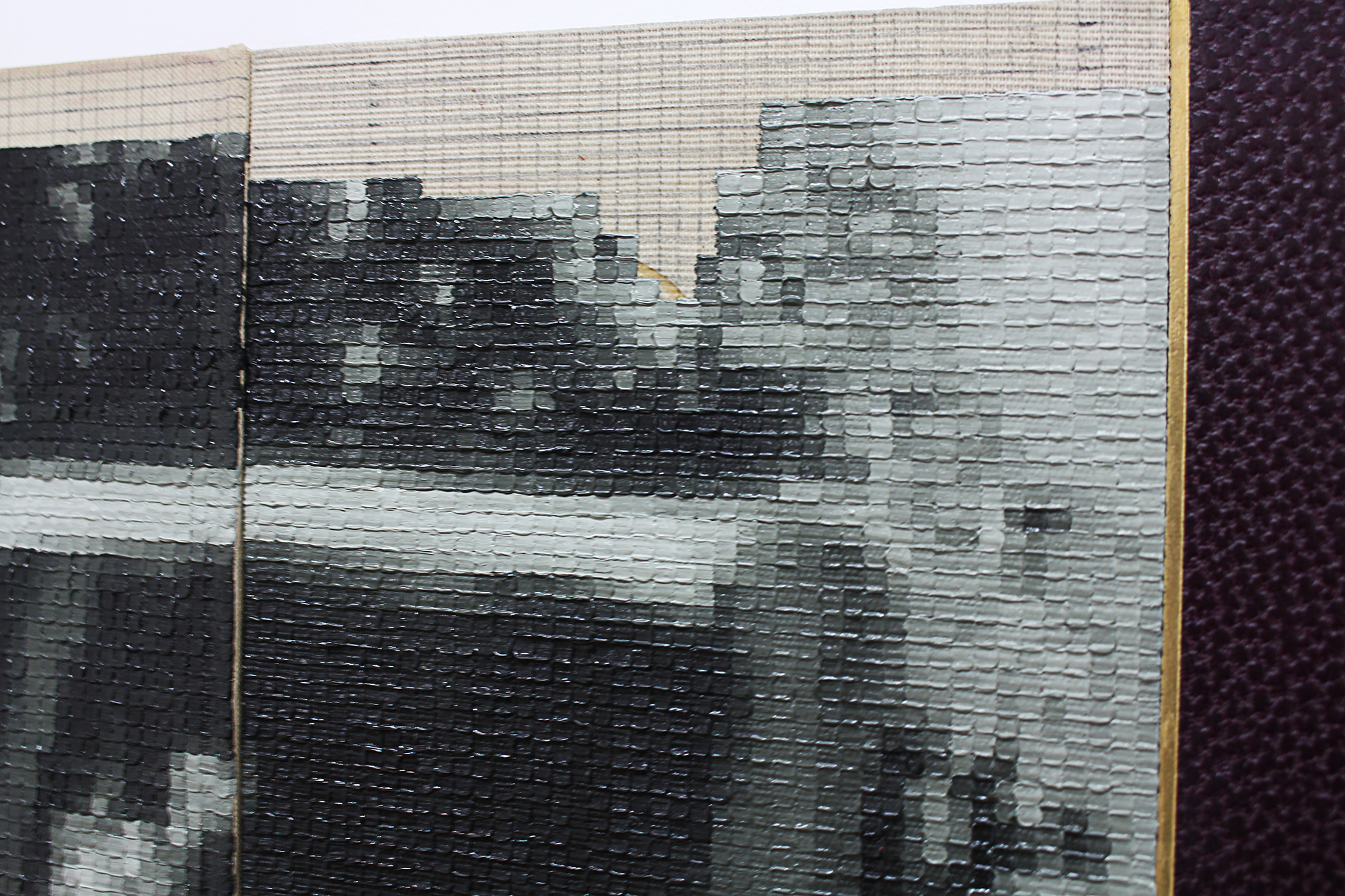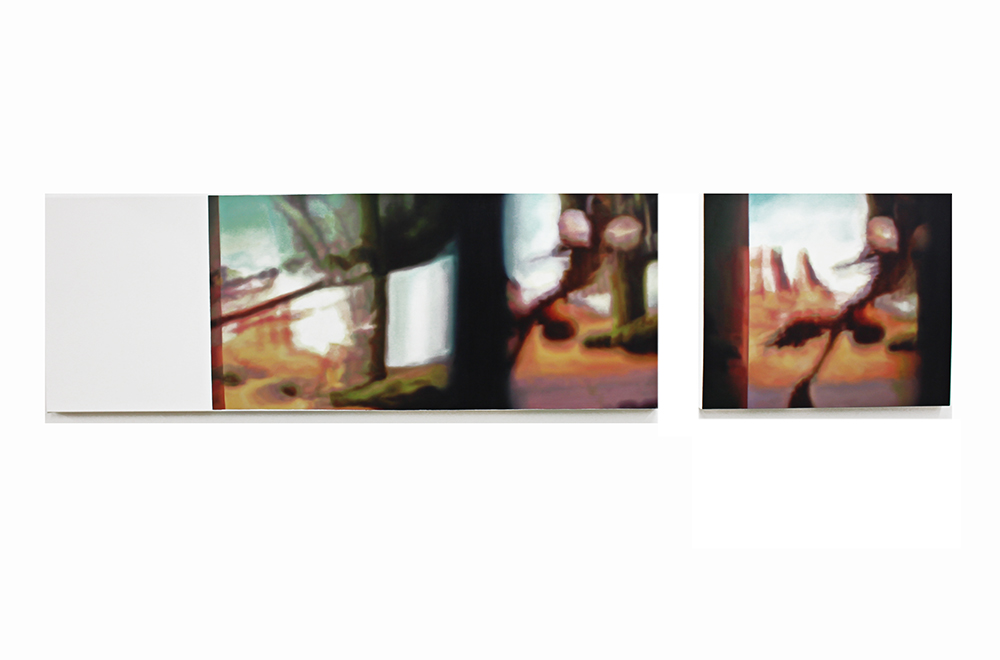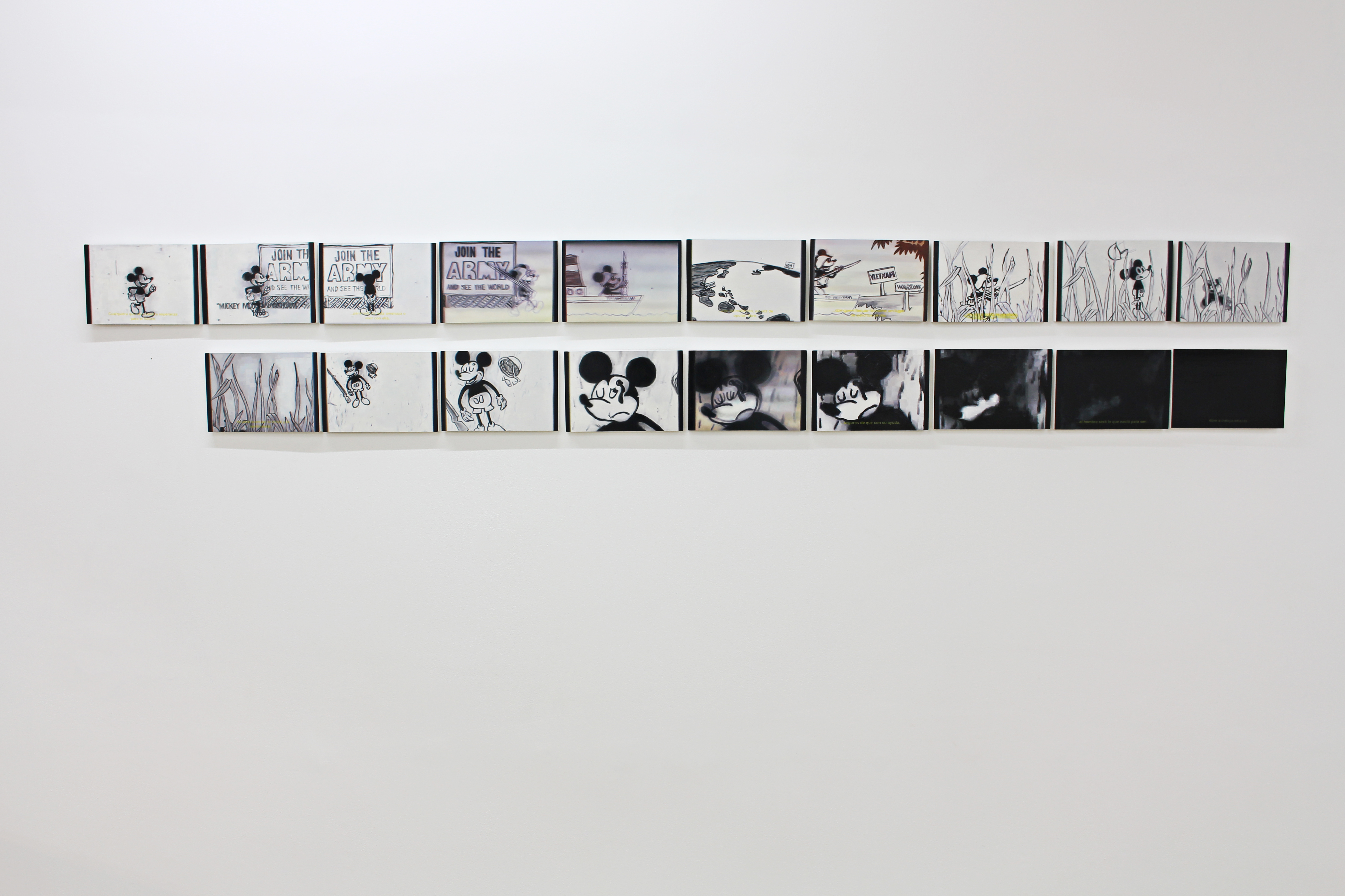Through years of work, Marcela Serra has mastered her own visual language. Her artworks communicate with the viewer in their very own subconscious way. Here we find the digital vocabulary, which reflects the impact of images in the media, something that only the eye can analyse. The approach to painting is photographic-like, but interpretation goes far beyond the visible.
In her work, an important place is given to pixelation, blur, and overexposure. Her work is a pictorial translation of digital images in their most fragile condition.
The interest for these type of images degraded in their definition – pixelated, out of focus and overexposed, among other characteristics – is due to its distorted and residual quality, whose ambiguity also challenges its own perception (or understanding). The latter confers to the use of these “pixelated” images a certain paradoxical condition, since the objective of their pictorial representation is the contemplation or fixation of the gaze on an image whose reading will always be or incomplete. The pixelated image, could then be placed, inside the boundary between the categories of the visible and visual proposed by the theorist Didi Huberman. The immediate recognition of the image is therefore replaced by the mystery brought up by the question of, “What is it that we see?” In the visual the regular visual categories of the theme, imitation of figure fail, which reduces the perception to “footprints” without a seeable meaning. The object themselves are borrowed from everyday life and popular culture. Marcela Serra offers images that are common to us all, which in this way become significant indicators of an era.






















